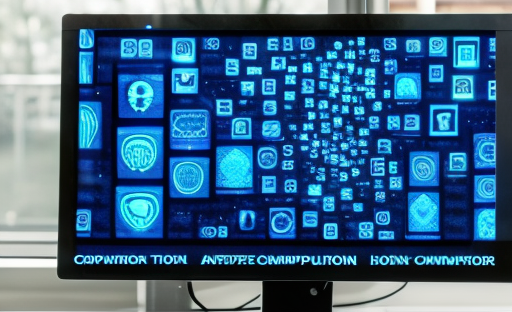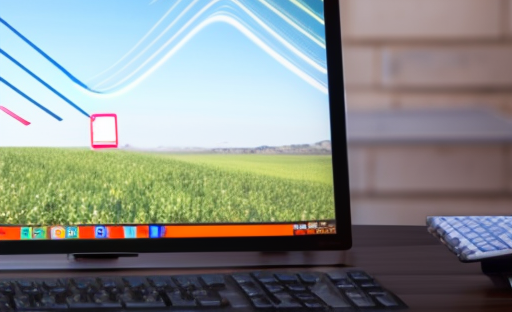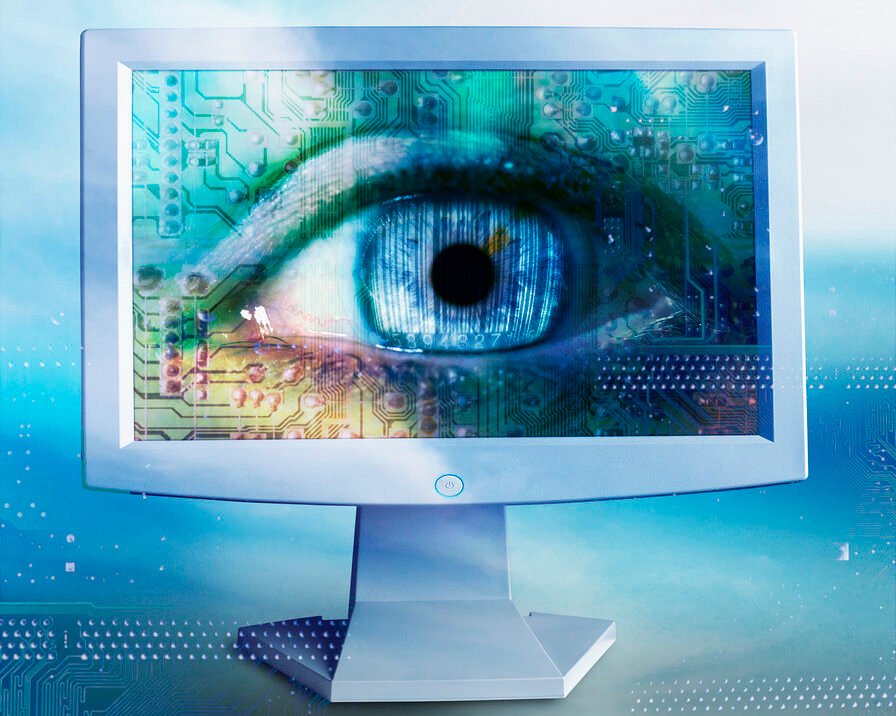Introduction
Computer vision is a fascinating field that combines artificial intelligence, image processing, and machine learning to enable computers to understand and interpret visual data, just like humans do. It has applications in various industries, including healthcare, automotive, entertainment, and security.
What is Computer Vision?

Computer vision can be defined as the ability of a computer to extract meaningful information from visual data, such as images or videos. It involves tasks like object recognition, image classification, image segmentation, and object tracking.
Applications of Computer Vision

Computer vision has a wide range of applications across different industries. In healthcare, it can be used for medical imaging analysis, disease diagnosis, and surgical assistance. In the automotive industry, computer vision is used for autonomous driving, pedestrian detection, and traffic sign recognition.
In the entertainment industry, computer vision is used for special effects, motion capture, and virtual reality. In the security industry, it is used for surveillance, facial recognition, and biometric identification.
How Does Computer Vision Work?

Computer vision algorithms typically involve several steps. The first step is image acquisition, where a camera captures the visual data. The next step is preprocessing, where the image is cleaned and enhanced to improve the quality of the data.
After preprocessing, the image is fed into a computer vision algorithm, which extracts features and patterns from the data. These features are then used for tasks like object recognition or image classification. Machine learning techniques, such as deep learning, are often used to train these algorithms.
Challenges in Computer Vision
While computer vision has made significant advancements in recent years, it still faces several challenges. One of the main challenges is the variability in visual data. Images can vary in terms of lighting conditions, viewpoint, and occlusion, making it difficult for computer vision algorithms to generalize.
Another challenge is the need for large amounts of labeled training data. Supervised learning algorithms require labeled data to learn from, which can be time-consuming and expensive to obtain.
The Future of Computer Vision
The future of computer vision looks promising. With advancements in deep learning and the availability of large datasets, computer vision algorithms are becoming more accurate and robust.
Computer vision is expected to revolutionize various industries. In healthcare, it can help in early disease detection and personalized medicine. In the automotive industry, it can lead to safer and more efficient transportation. In the entertainment industry, it can create immersive virtual experiences.
Conclusion
Computer vision is a rapidly evolving field with numerous applications. It has the potential to transform industries and improve our daily lives. As technology continues to advance, we can expect more exciting developments in the field of computer vision.








Comments on “An Overview of Computer Vision”